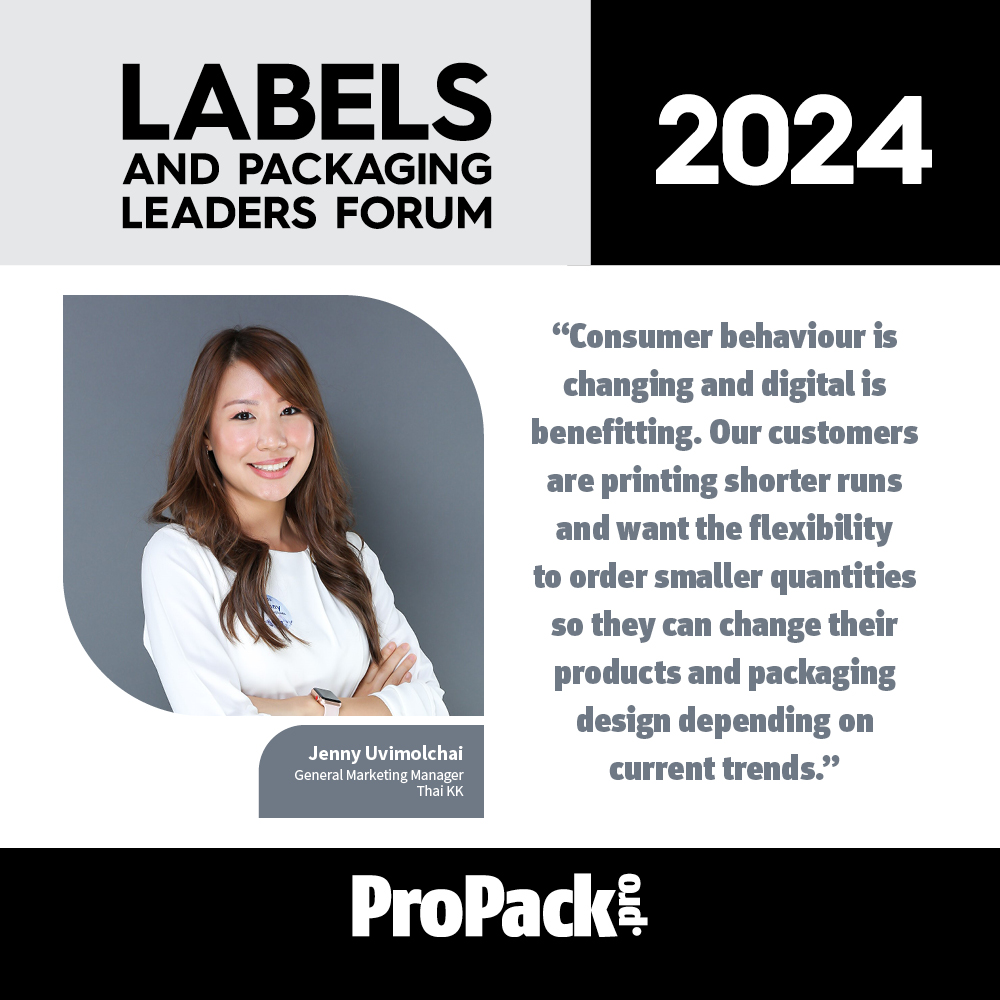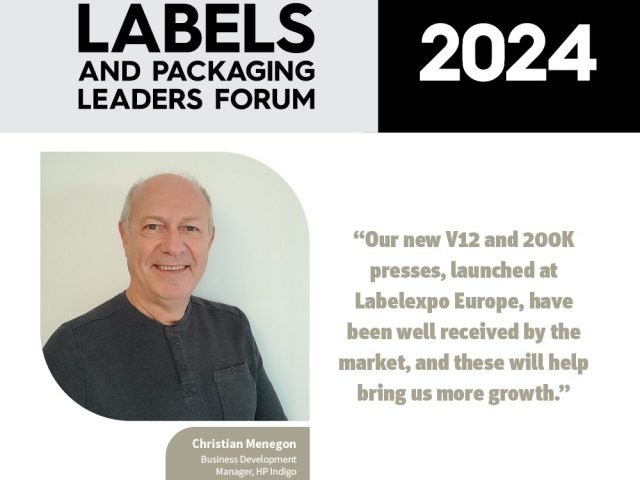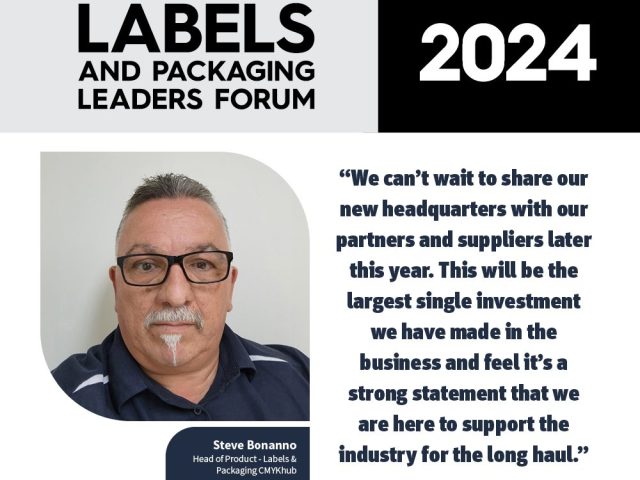
It has been a pretty challenging year. The global economy has not been doing well, and there has been a decrease in consumer demand.
Excess stock bought by converters during the pandemic is still working its way through the system. Therefore, the market has been slow, but we are hopeful that it will pick up by the second quarter of next year. Our strategy to combat these challenges has been to develop new products to attract different kinds of customers. We have had success in the Asian market this year by offering competitive prices.
We expanded into hotmelt adhesives, which have proved a popular item. And we have increased our focus on sustainable products. At Labelexpo Southeast Asia this year, we launched materials for linerless labelling and water-soluble labels.
We have seen success in our materials for digital printing and have created a business sub-unit focused on materials for print-on-demand labels. During the pandemic, we noticed that our customers’ demands were shifting many of them were looking for smaller volumes and printing labels on demand. We saw an opportunity to expand into this segment.
Another change since the pandemic has been huge growth for us in the US market, particularly for sustainable materials with the right certifications. During Covid and in the aftermath, many US converters – especially on the West Coast – began approaching us as they were unable to source materials. Southeast Asia is a free-trade hub, and many countries have free-trade agreements with Thailand, where we are based, including the US. This has meant our export business has been increasing.
We think the first two quarters will still be challenging, as global economic issues continue, but after that we hope that market conditions will improve.
Many major brands in Thailand have committed to sustainability initiatives and are changing their packaging and labels to eco-friendly options. Linerless is one major trend and we think there will be lots of growth particularly in the food and beverage sector.
As well as the label industry, we also supply the food packaging sector with paper cups and boxes. We are seeing a lot of demand in this sector for print-on-demand labels. And surprisingly, even though demand for labels has been dropping, the opposite is true for food packaging materials.
We also supply these products in compostable options. Around half of our food packaging materials sales have shifted towards compostable materials, and we think our label business will go the same way. Currently, compostable materials for label applications make up 15 per cent of our label business, and we think this will rise to 20-25 per cent in 2024.
Digital demand will continue to grow, not just from our US customers but also in Thailand and Southeast Asia. Consumer behaviour is changing and digital is benefitting. Our customers are printing shorter runs and want the flexibility to order smaller quantities so they can change their products and packaging design depending on current trends.
We export 30 per cent of production, to the US, Australia, and Asian countries such as Malaysia, Vietnam, Philippines, Indonesia, and Bangladesh, as well as some to Japan.
Following the increased interest from US converters, we are now looking to grow in the European market and will exhibit at the next Labelexpo Europe for the first time.
Jenny Uvimolchai is General Marketing Manager, Thai KK
This article was first published in the 2024 February edition of ProPack.pro magazine
Comment below to have your say on this story.
If you have a news story or tip-off, get in touch at editorial@propack.pro
Sign up to the ProPack newsletter


